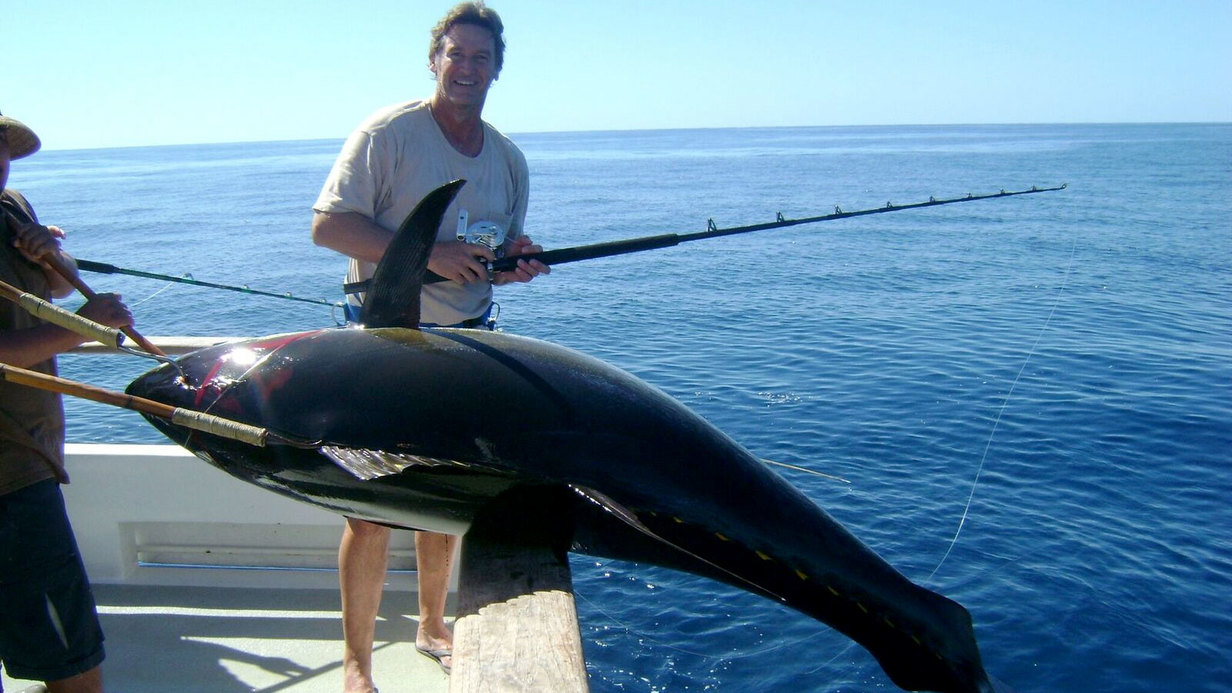The perception of vodka production often conjures images of row upon row of monolithic distillation columns, endless fields of grains, and the sort of unforgiving precision that one might liken to a laboratory setting. It’s a fair vision, and yet, it’s only a snapshot, a fraction of the full picture.
At the heart of the production of high-end vodka lies an artistry that echoes the commitment to craft found in fine wines and artisanal spirits. Unlike mass-produced vodkas where efficiency often reigns supreme, high-end distillers understand that the character of their product is a result of the meticulousness they infuse into every step.
Water, Wheat, And Weiss Through A Meticulous Lens
While the quality of the base materials in spirit production is widely acknowledged, the lengths to which high-end distillers go to source the finest go largely unheralded. These are the custodians of the craft who align themselves with only the most pristine waters and wheat, treating each as the lifeblood of their creation. In contrast to the ‘neutral grain spirits’ ubiquitous in the market, these producers understand that not all wheat is created equal.
Distillation Deconstructed
Brands like Grey Goose vodka are not just in the business of distillation; they are in the business of refining the raw into the remarkable. The distillation process for these vodkas is often a series of delicate steps, with some spirits undergoing up to seven filtrations, stripping the liquid of impurities to yield an unparalleled smoothness.
Additionally, many producers employ innovative methods such as copper catalyzation to decrease the level of unwanted compounds.Yet, to stop at distillation is to withhold credit from where a significant portion is due. The ageing process within barrels is what imparts character in whiskies; in vodka, it is the final polish that lifts the spirit from quality to opulence.
The Elixir of Ethics
A defining aspect of high-end vodka production that cannot be overlooked is the nuanced relationship between the craft and the environment. Ethical sourcing and sustainable practices are no passing fad for these distillers; they are the pillars upon which their liquid legacies are built.
Here lies a contrast not just with mass-produced spirits, but with spirits in general. The dedication to sustainability means that these high-end vodkas often find themselves navigating organic and regenerative agricultural methods, ensuring not just quality in the present, but the very earth from which they are born is better off for their passage. In summary, to understand the tapestry of high-end vodka production is to recognize more than a spirit’s route from grain to glass. It is to appreciate the threads of artistry, diligence, and consciousness that distillers weave into every batch, culminating in a sensory experience that commands not just attention, but respect. In an era replete with choices, these are the spirits that stand not just as a testament to the craft, but to the very real impact of intentionality in industry.





